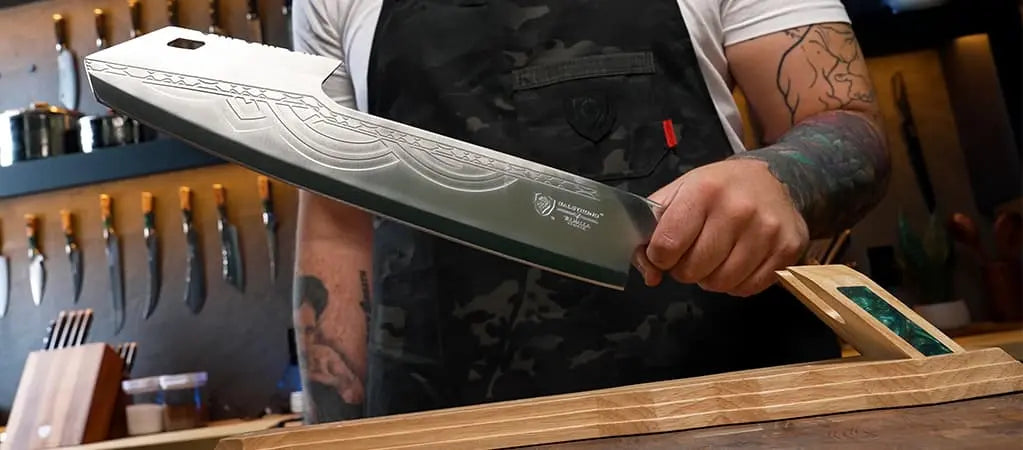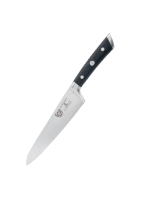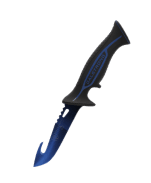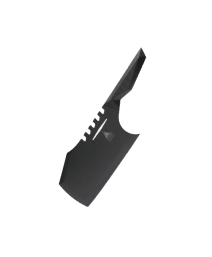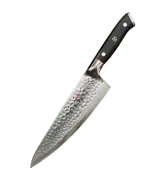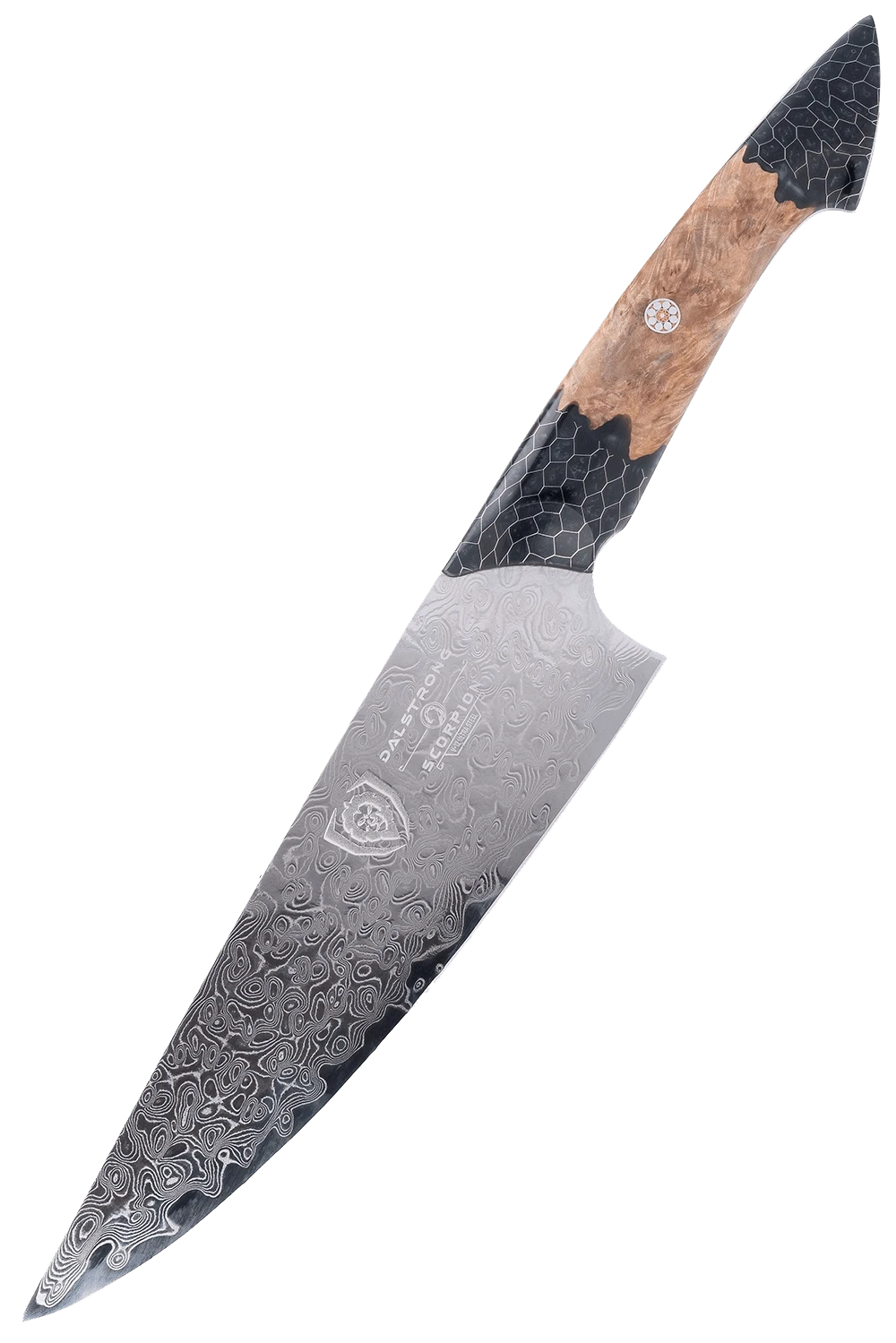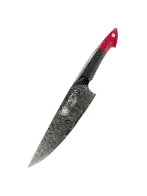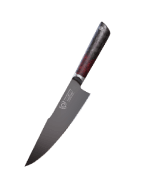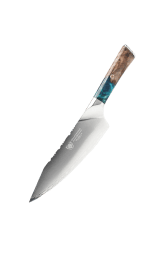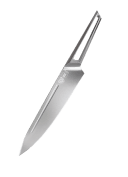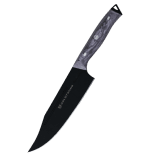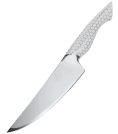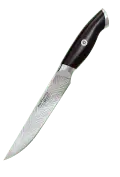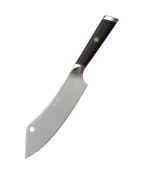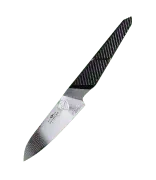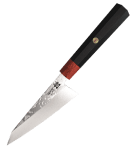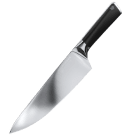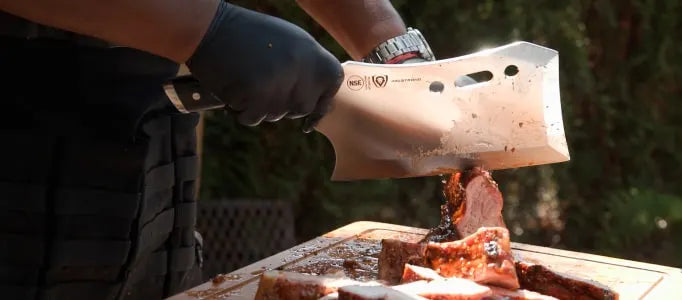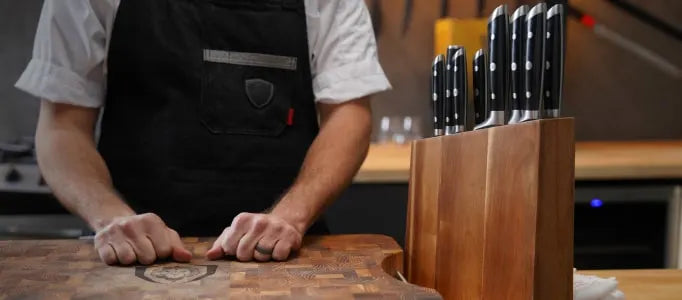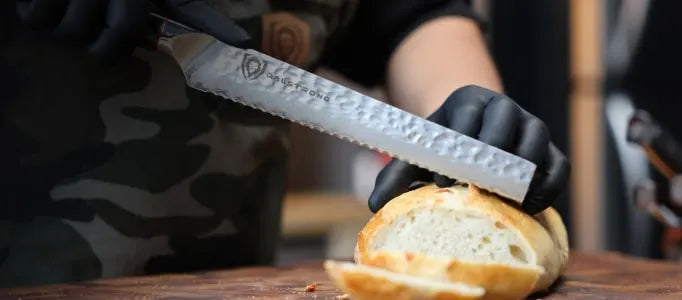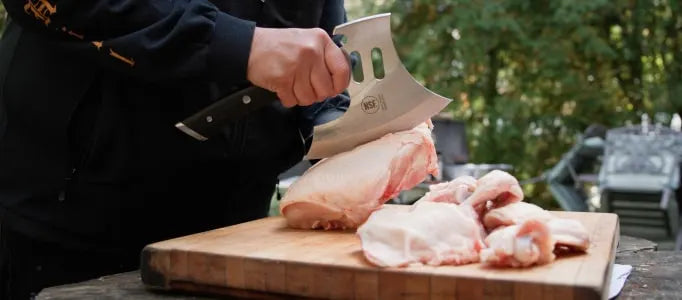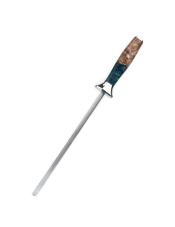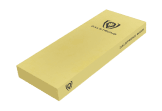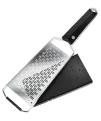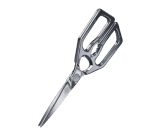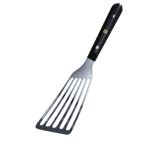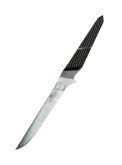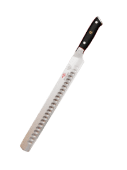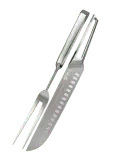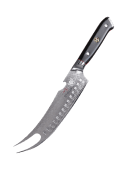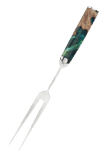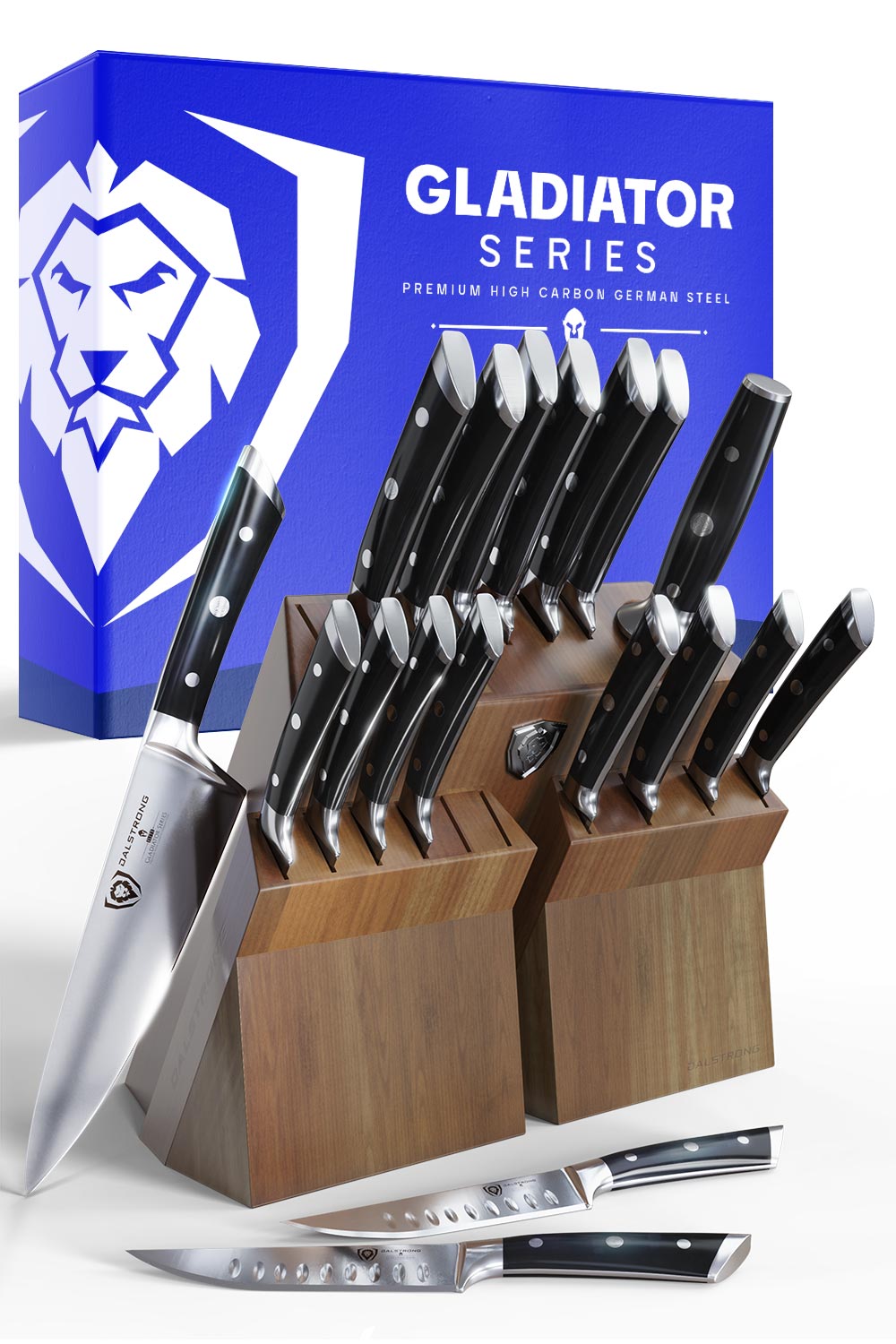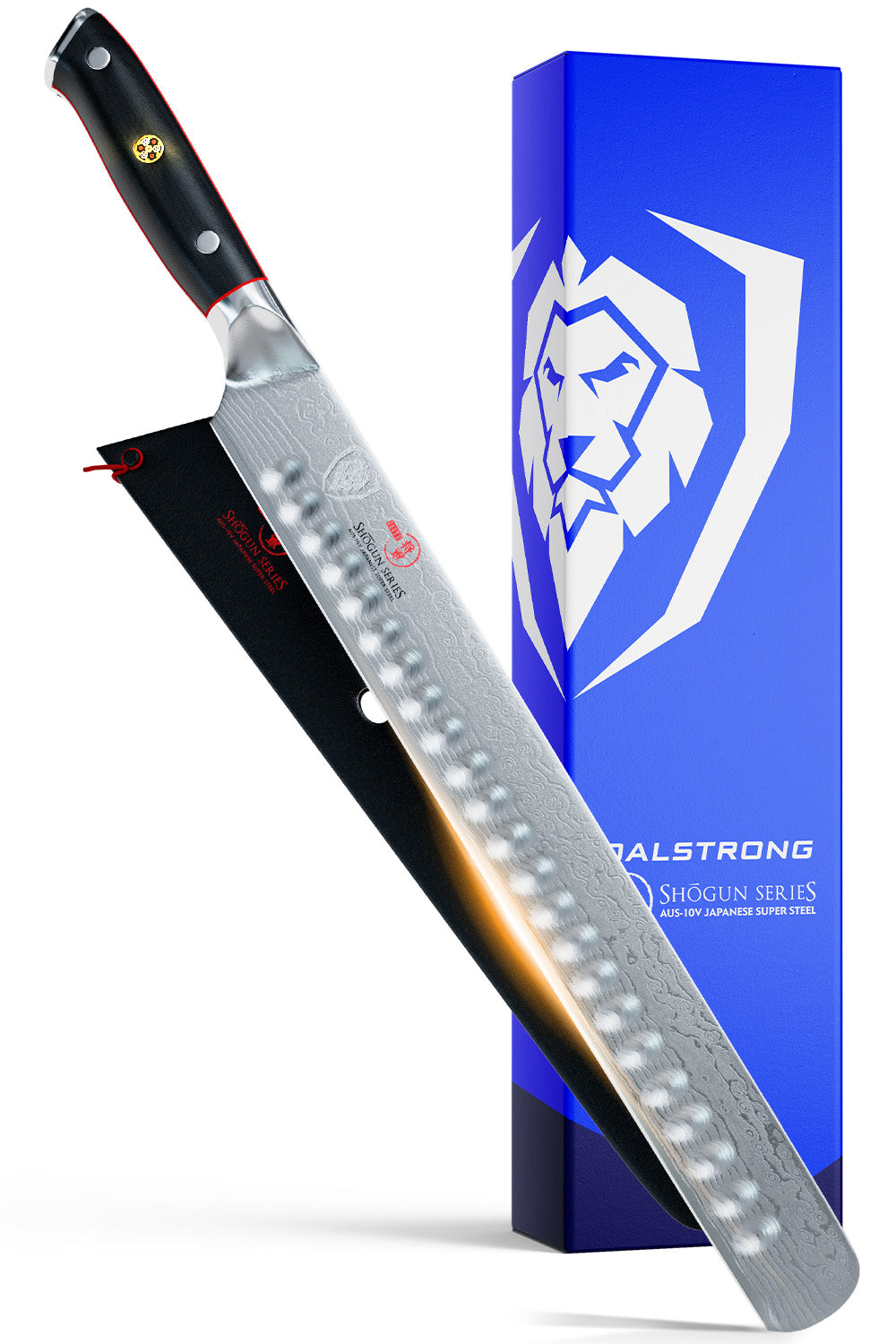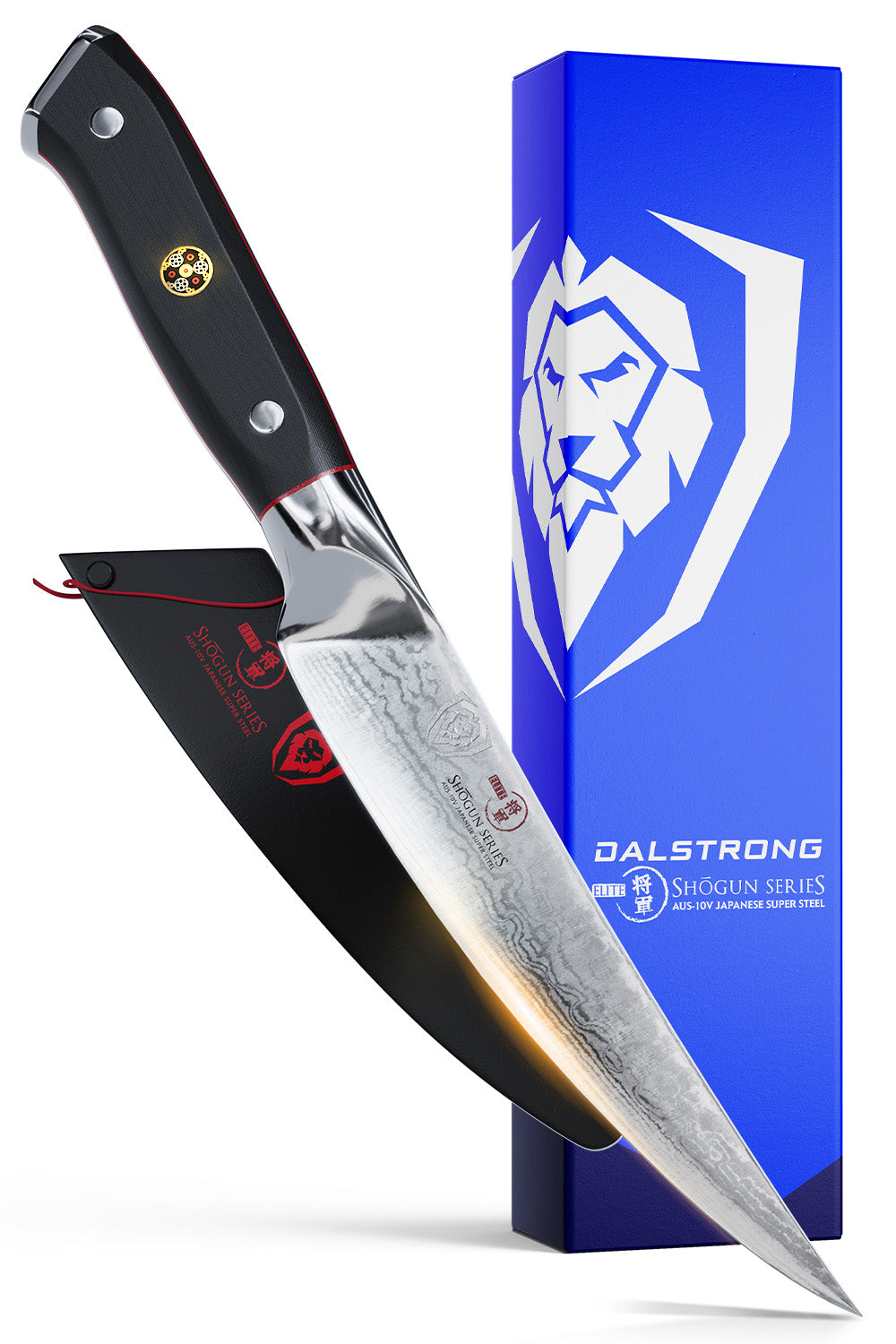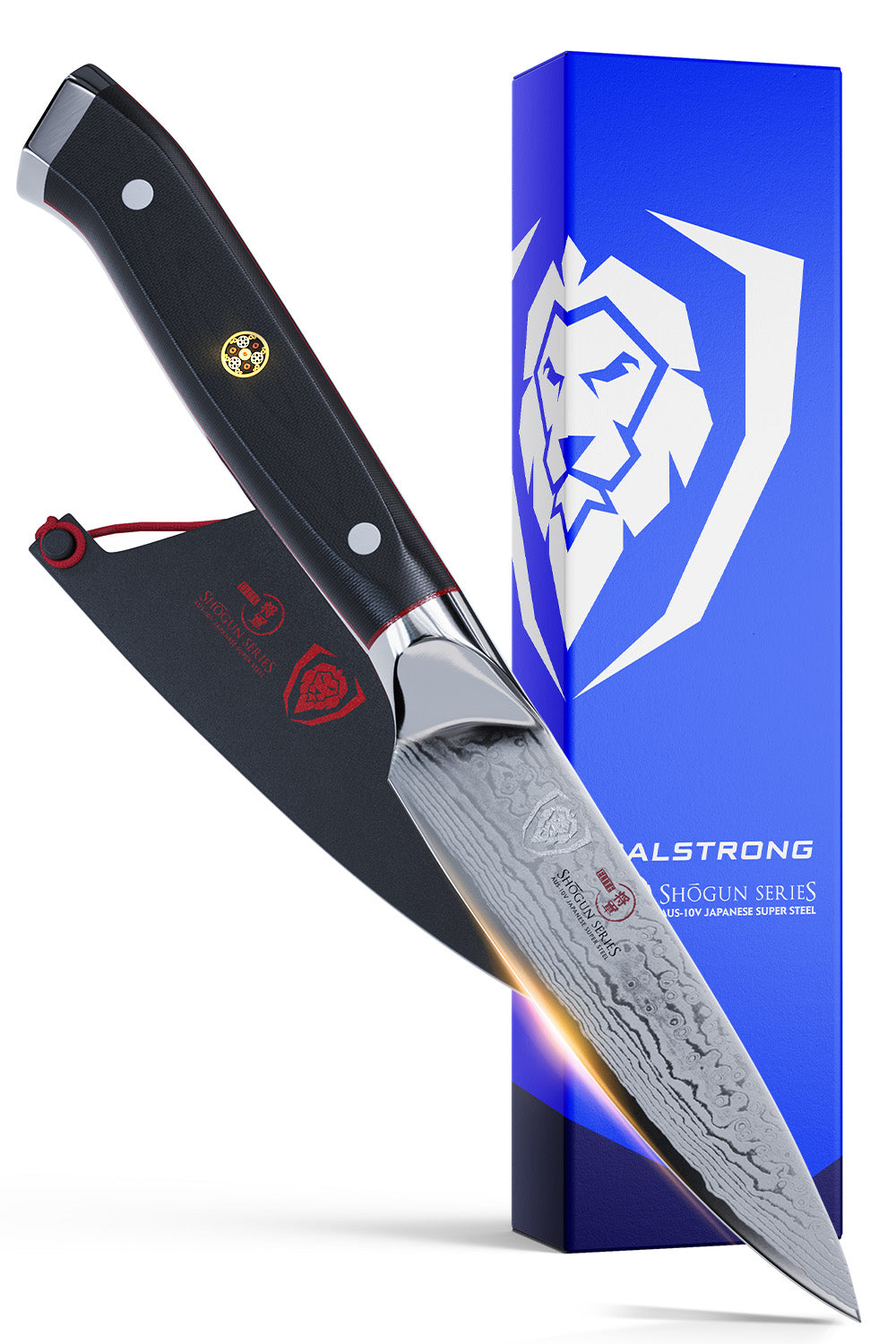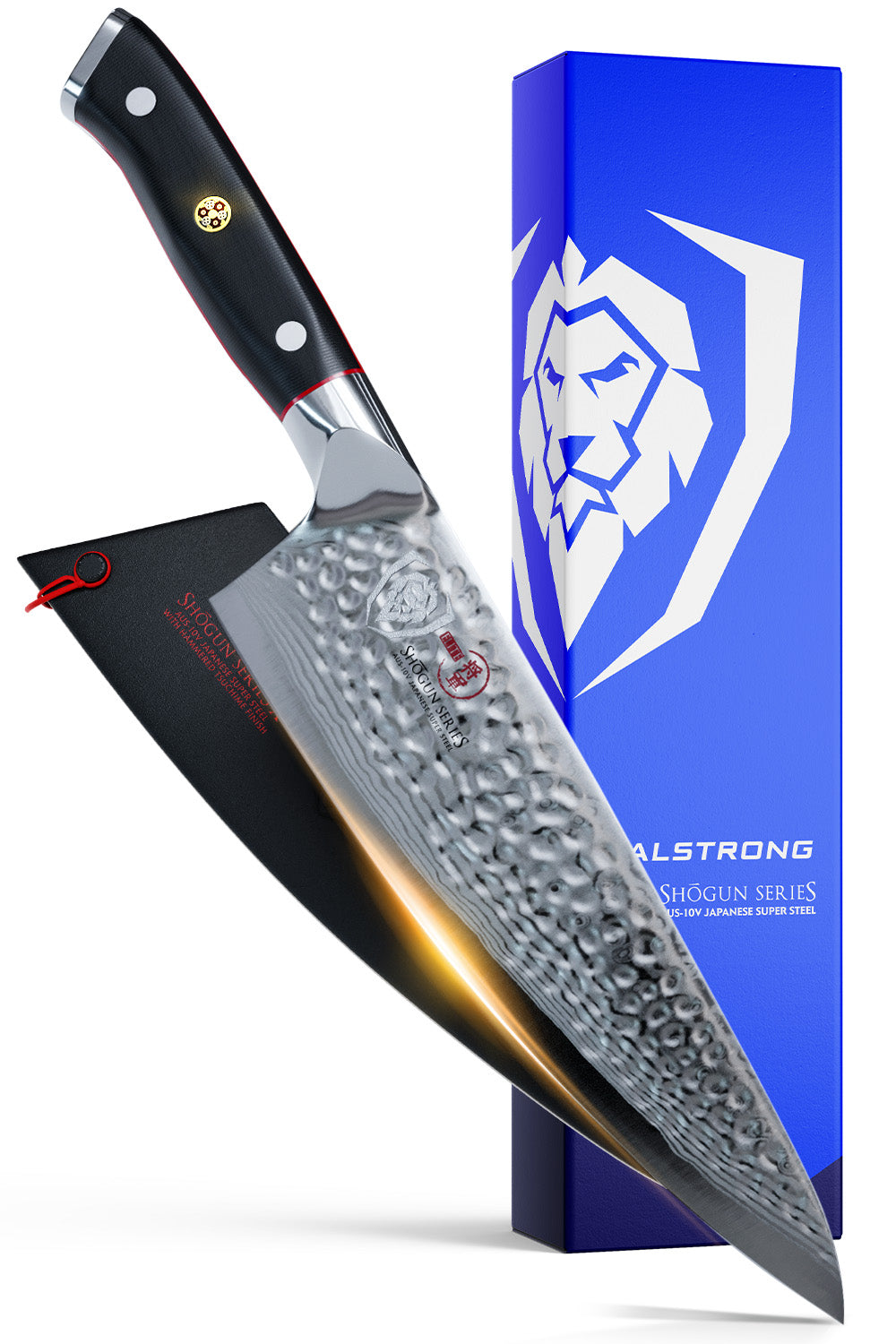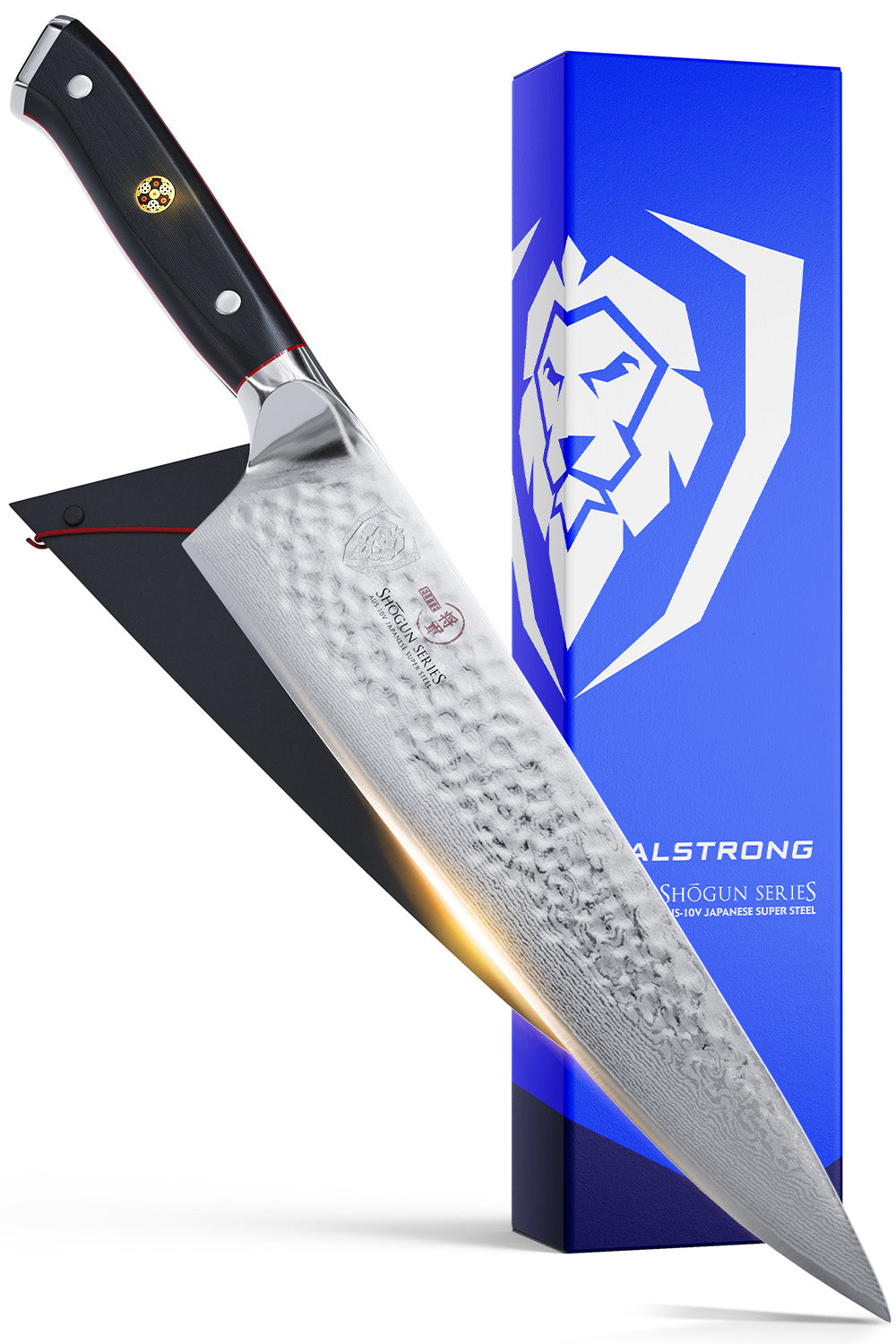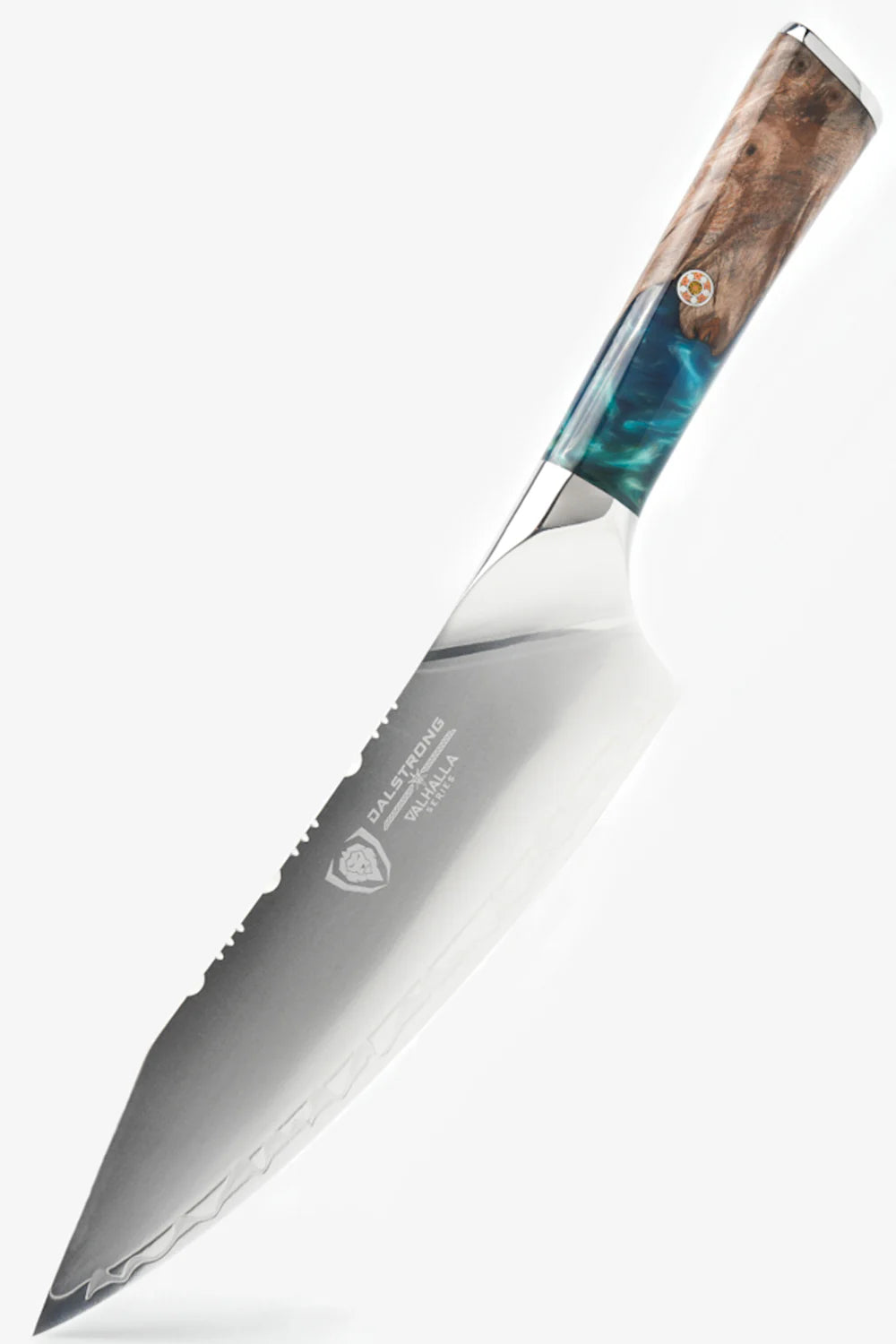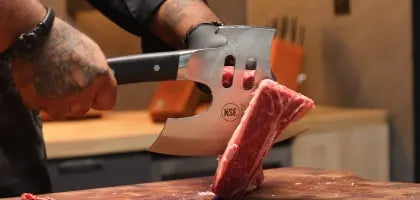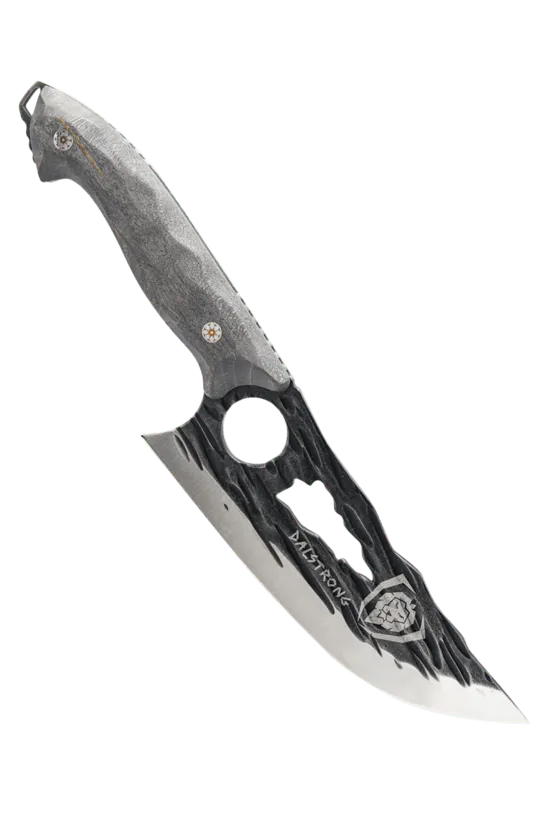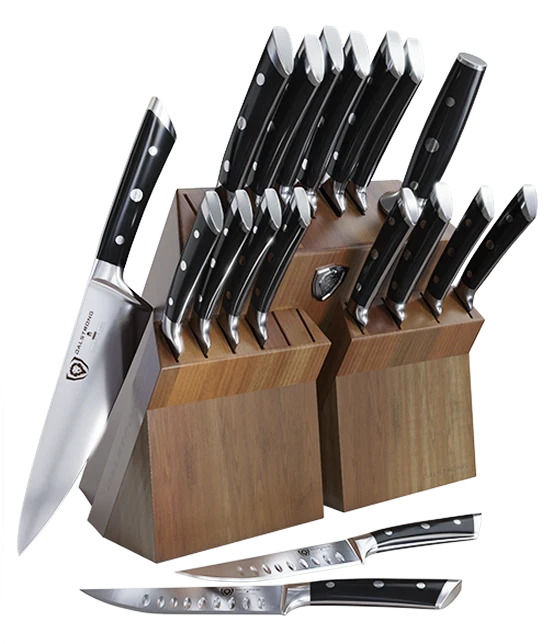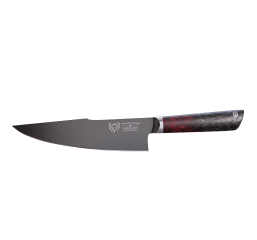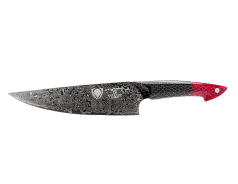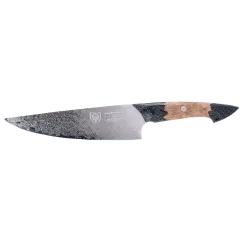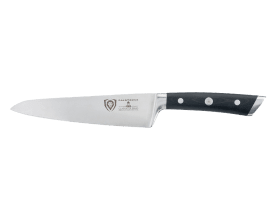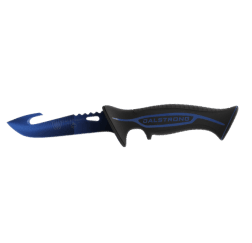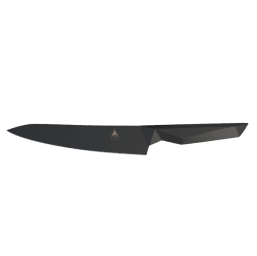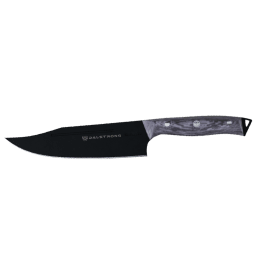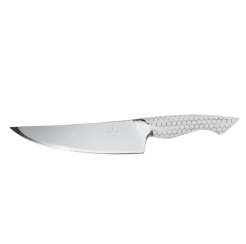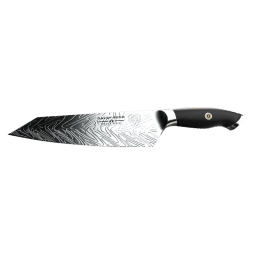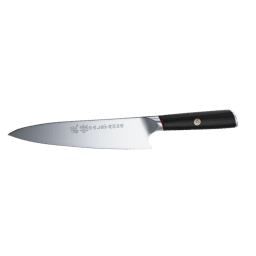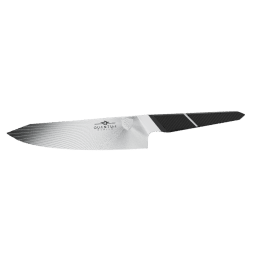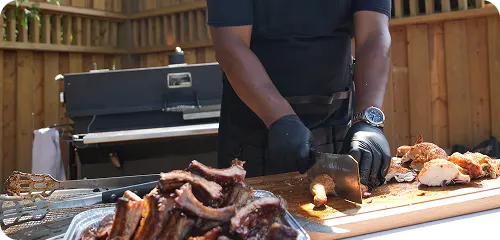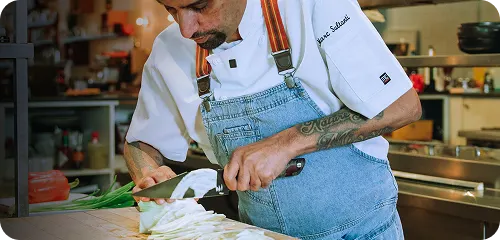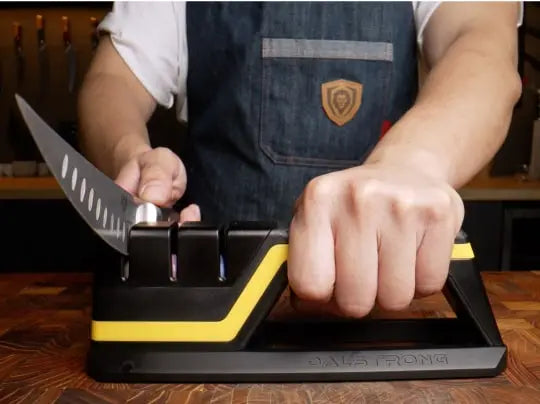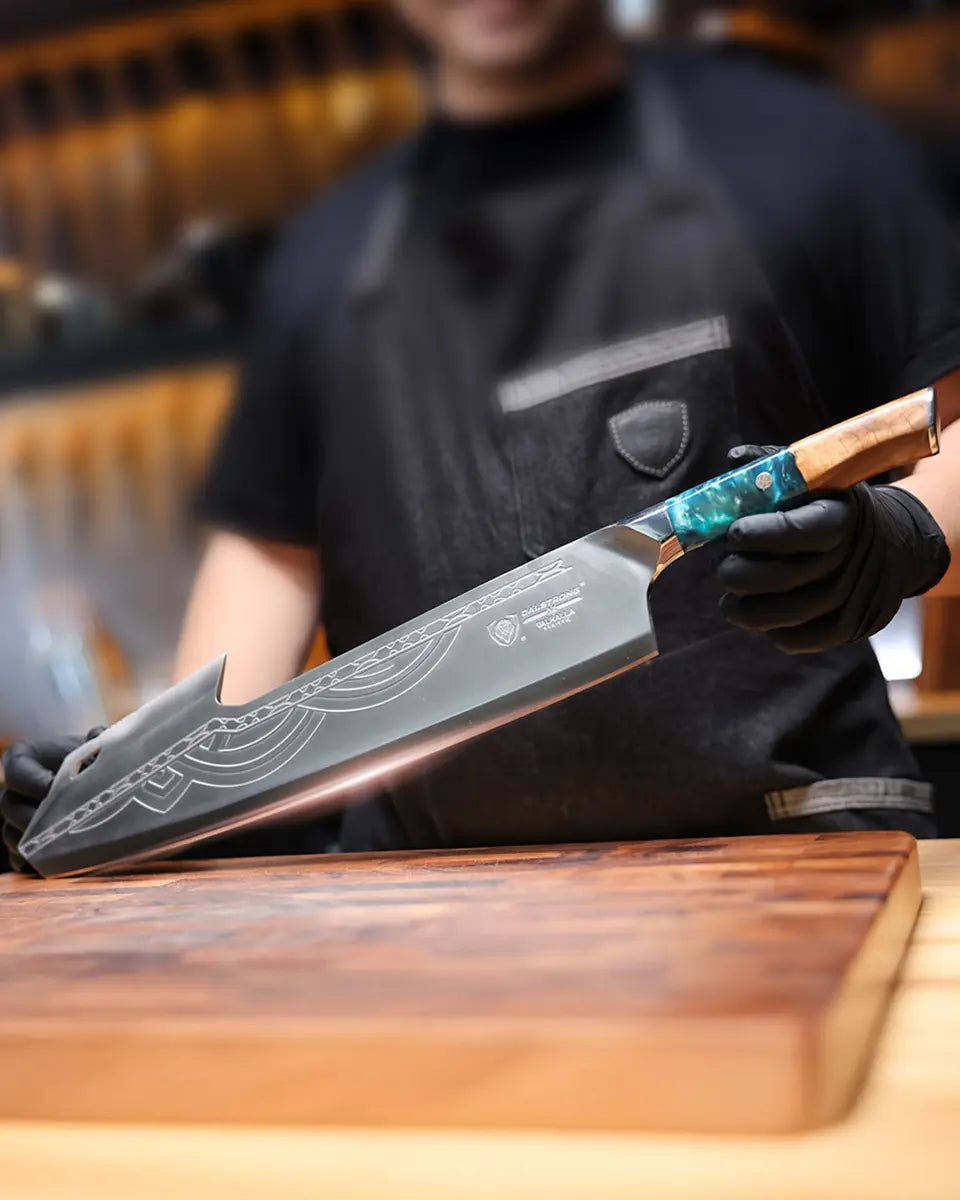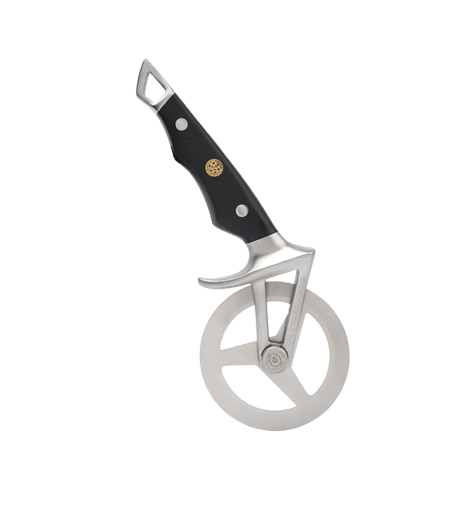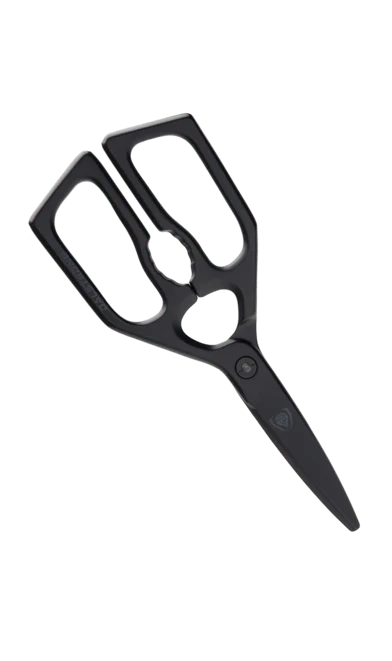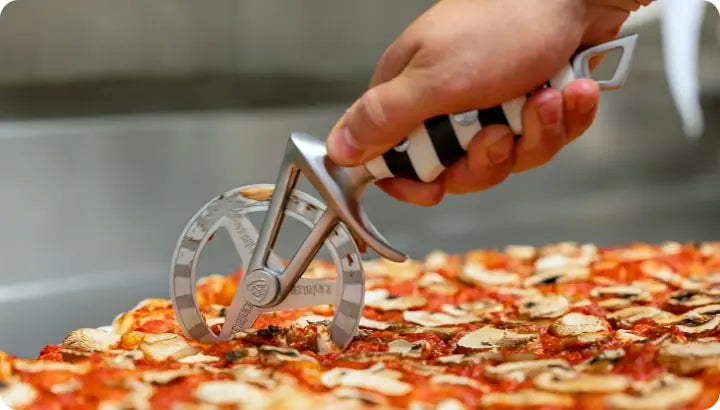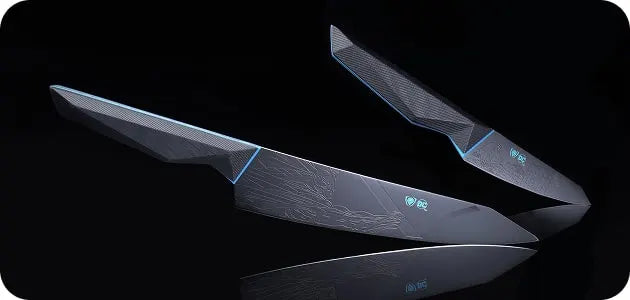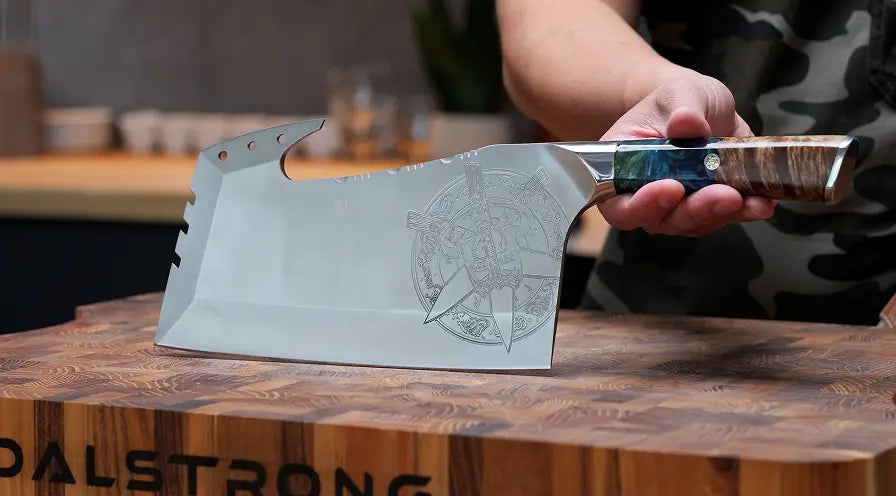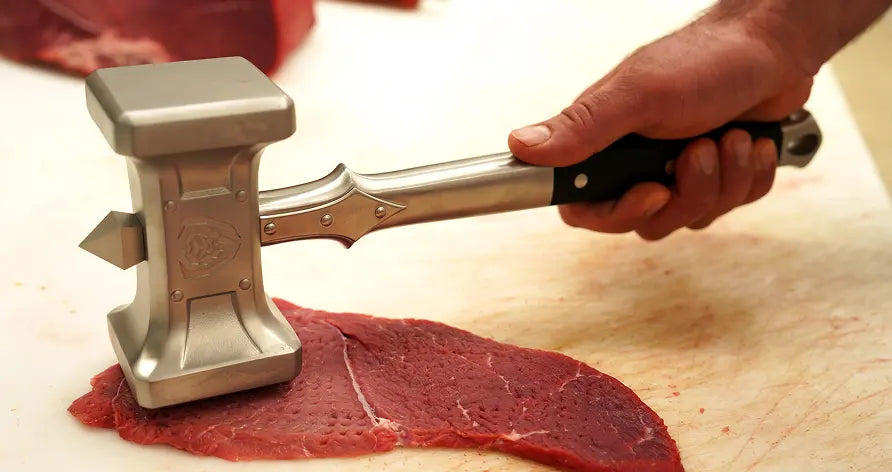Quick Overview: How To Cut A Tomato
- Wash the tomato and pat it dry with a paper towel.
- Place the tomato on the cutting board and slice the top of the tomato.
- Slice the tomato into two halves and cut it into thin, parallel slices.
- Continue doing this from one side to the other until you have slices of tomato on the cutting board.
If there’s one thing that can be found in every single kitchen worldwide, it’s a bunch of fresh tomatoes waiting to be used.
Tomatoes, onions, and potatoes are universal foods that give food volume, taste, and a lot of flavors. Tomatoes are low sodium food and make excellent healthy dinners. Let’s get right into it, folks.
1. How To Choose Tomatoes
 Serrated Tomato Knife 5" Gladiator Series | NSF Certified | Dalstrong
Serrated Tomato Knife 5" Gladiator Series | NSF Certified | Dalstrong
There is nothing better than fresh tomatoes. If you’re wondering how you can choose the right kind, keep reading.
Firstly, you should avoid red and green tomatoes with dark brown spots or those with crevices on the skin. These blemishes can mean that the inside of the tomato is rotting or already rotten.
Secondly, the tomatoes should feel a little heavy. If the tomatoes are tight on the outside and heavy to the touch, they’re safe to use. The bottom and top of the tomato should also not be leaking any juices.
If this is the case, that means the pulp inside is going to rot soon, and you shouldn’t pick these tomatoes. So, feel free to pick the tomatoes up and faintly smell them. If they’re aromatic, the tomato is perfectly ripe.
Lastly, if you’re shopping for Roma tomatoes, the stems should be attached to them. And, keep in mind: a tomato with no smell will have no juice to it, so avoid those at all costs.
2. Types Of Tomatoes And Their Nutritional Value

Serrated Tomato Knife 5" Gladiator Series | NSF Certified | Dalstrong
Red tomatoes are juicy, red, and succulent, whereas green tomatoes, also known as heirloom tomatoes, are more acidic. These tomatoes are used for pickles, relishes, and other savory foods. They contain
Red tomatoes are often used as the ‘base’ of many foods. Such as curries, sauces, soups, and marinades. This is because red tomatoes are sweeter and juicier.
Green tomatoes on the other hand are great for chutneys, pasta sauce, and some relishes. They are also used in savory pies for a tart flavor. You can use these tomatoes for salads and marinades, too.
Both these tomatoes are quite nutritious. They’re known to lower blood pressure and cholesterol from rising and can ease inflammation and fight off germs and viruses. These vegetables are loaded with vitamins C, K, and B9 to help prevent blood clots.
3. Different Methods To Cut Tomatoes
 Serrated Tomato Knife 5" Gladiator Series | NSF Certified | Dalstrong
Serrated Tomato Knife 5" Gladiator Series | NSF Certified | Dalstrong
Believe it or not, slicing tomatoes is not all that difficult. When I was a novice in the kitchen, I thought that cutting tomatoes required serious knife skills. But, I’ve since learned that you only need sturdy cutting boards and a sharp chef's knife to get the job done.
How To Slice Tomatoes
- Wash the tomato and pat it dry with a paper towel.
- After gently removing the stems, place the tomato on the cutting board and get a sharp chef's knife.
- Before slicing the tomato in half, slice off the top of the vegetable. Then, repeat the same on the bottom side.
- Use a sharp knife and start slicing the tomato in half.
- To cut tomato slices, place the tomato on its side and switch to a serrated knife or paring knife.
- Cut the tomato into thin, parallel slices, starting from one end and moving toward the other.
- You should now have tomato slices on your cutting board.
How To Dice Tomatoes
- Wash the tomato and pat it dry.
- Then, start removing the stems.
- Once the stems are off, place the tomato on the cutting board.
- Start by slicing the top of the tomato.
- Cut the tomato in half.
- Once you have the tomato halves, place them together and start slicing them into thin strips.
- Lastly, cut the tomatoes crosswise and in the opposite direction. This should give you even, diced tomatoes.
How To Cut Tomato Into Wedges
- Wash and dry the tomato before you place it on the chopping board.
- Remove the stems.
- You can get tomato wedges by using a serrated knife, so sharpen it if it isn’t already.
- Next, cut the tomato in half.
- From the stem, cut the halved tomato into two more halves.
- You should now have tomato quarters.
- Cut the quarters from the center of where the stem would be and you’re good to go.
4. Dalstrong Tools You Will Need
1. Chef's Knife 9.5" Firestorm Alpha Series
The blade on this 9.5” chef’s knife from the Firestorm Alpha series is precision-forged 10CR15MOV high-carbon steel that is hardened at 61+ Rockwell. The blade features 67 layers of high-carbon steel for a robust finish.
PROS:
- Double-bevel blade.
- Engraved lionhead logo for a striking finish.
- Stabilized resin and wood handle for an ergonomic grip and feel.
CONS:
- Could be too much blade for the novice.
- If you’re not a fan of dark, rustic-looking blades, this knife may not be the one for you.
This paring knife from the Omega series is angled at a staggering 8º-12º on each side of the knife. Hardened at 63+ Rockwell, this is a knife that helps you cut longer and move further. The full tang blade is perfect to work with all sizes of tomatoes.
PROS:
- Made with BD1N American-forged Hyper Steel with vacuum treatment for a robust grip.
- The triple-riveted blade adds resilience to this knife.
- Rust and corrosion-resistant.
- Easy to clean and maintain.
CONS:
- This knife may not be the right for folks looking for serrated knives to work with tomatoes.
- If you want a stainless steel blade, the blade material on this knife may not complement your knife skills.

This serrated paring knife is perfect for home cooks and chefs looking for a hybrid knife with the sharpest serrations along the blade for a clean and precise finish on tomatoes and other round vegetables.
PROS:
- The blade on this knife is made with single-piece, wear-resistant, high-carbon German ThyssenKrupp Steel that is hardened for resilience at 58+ Rockwell.
- The tall blade offers knuckle clearance and faster food prep.
- The full tang blade on this serrated paring knife increases flexibility and dexterity.
- The tapered blade design has been hand-polished for a satin finish.
- The handle is a premium-quality laminated G10 Garolite handle.
CONS:
- If you’re not one for hybrids and prefer a paring knife and serrated knife on their own, this may not work well for you.
- The serrations along the blade add a couple of extra minutes to the knife sharpening process.

If there’s a vegetable knife that is designed with absolute perfection, it has got to be this Japanese Nakiri vegetable knife from the Phantom series. The blade length is perfect for home cooks that want to make the switch from western knives to Japanese knives.
PROS:
- Stainless steel Pakkawood handle that is imported directly from Spain.
- The high amounts of chromium in the blade enhances its stain-resistant nature.
- The tapered blade design enhances dexterity and flexibility.
- Full tang blade for a resilient slice-and-dice motion.
CONS:
- If you aren’t comfortable working with longer blade lengths, this Nakiri blade knife could seem a smidge intimidating.
- This knife has a simplistic appearance, so if you’re looking for something more flashy and striking, this knife may not be the one for you.

This Lionswood Colossal Teak cutting board is one of Dalstrong’s best sellers and for all the right reasons. This board can take on the sharpest of blows to it without taking on damage. Perfect home cooks and chefs that want to take their knife skills up a notch and experiment with a luxuriously made, sustainably sourced piece of kitchen essential.
PROS:
- Slip-resistant surface for a safe slicing and dicing process.
- The end-grain design is filled with moisturizing oils and is resistant to bacteria, water, and stains.
- This board does not tramp aromas from fermented or marinated foods.
- The curved cut-out on the board’s underside helps in easily disposing of scraps and waste.
CONS:
- This cutting board has a slightly higher price tag to it, but it’s worth the investment for any home cook and seasoned chef.
- If you’re looking for a different shape and design, Dalstrong’s other cutting boards might be a better fit for you.

If you’re a seasoned home cook or someone well-versed in the culinary world, this wood-fiber cutting board is designed for you. This board is dark, grunge, and designed for success in the kitchen – Perfect for individuals who want to twist things up a little.
PROS:
- Handcrafted with premium-quality wood-fiber engineering that is sleek in appearance, and staggering to use.
- Eco-friendly and the epitome of function meeting form.
- Equipped with a serving handle that can be used when you flip this chopping board for an elegant charcuterie board.
- The surface of this board is not only low in maintenance but dishwasher-safe, too.
CONS:
- This board isn’t resistant to extreme temperatures of heat and cold, so you may benefit better from a Teak wood chopping board.
- The grunge aesthetic isn’t everyone’s cup of tea. If you’re more of a traditionalist, wood boards might suit you better.
5. Frequently Asked Questions
How do chefs slice tomatoes?
Chefs use a sharp knife to slice tomatoes. A premium-quality knife is important in this process.
How do you cut a tomato without it falling apart?
If you don’t want your tomato to fall apart, use a serrated knife or a serrated-paring knife. This will give you clean and precise cuts without damaging the body of the tomato.
How do you cut a whole tomato for salad?
You can add tomato wedges to a salad. All you need to do is slice the vegetable in two parts, and then slice the two parts into another two parts. Then, hold them together and cut half an inch or an inch thick. Your tomato wedges are ready.
How do you cut a chopped tomato?
You just need to follow the line from where the stem was and make cuts crosswise and at a parallel angle until you get the desired shape and size.



